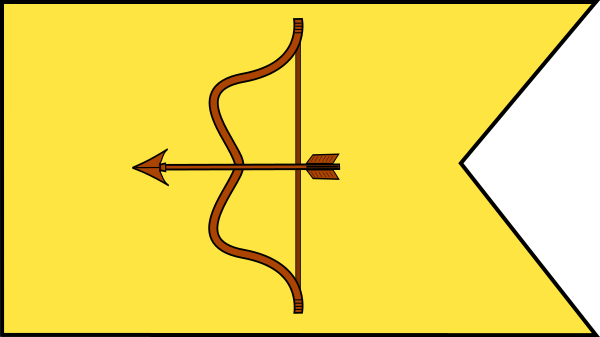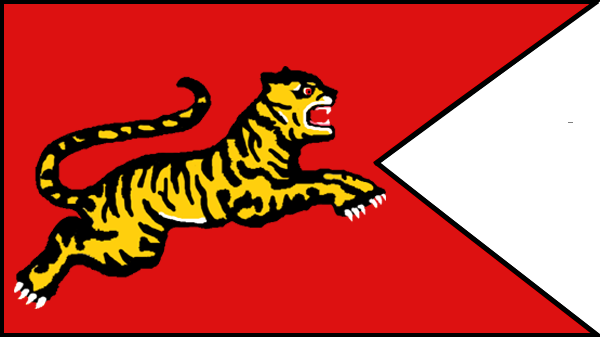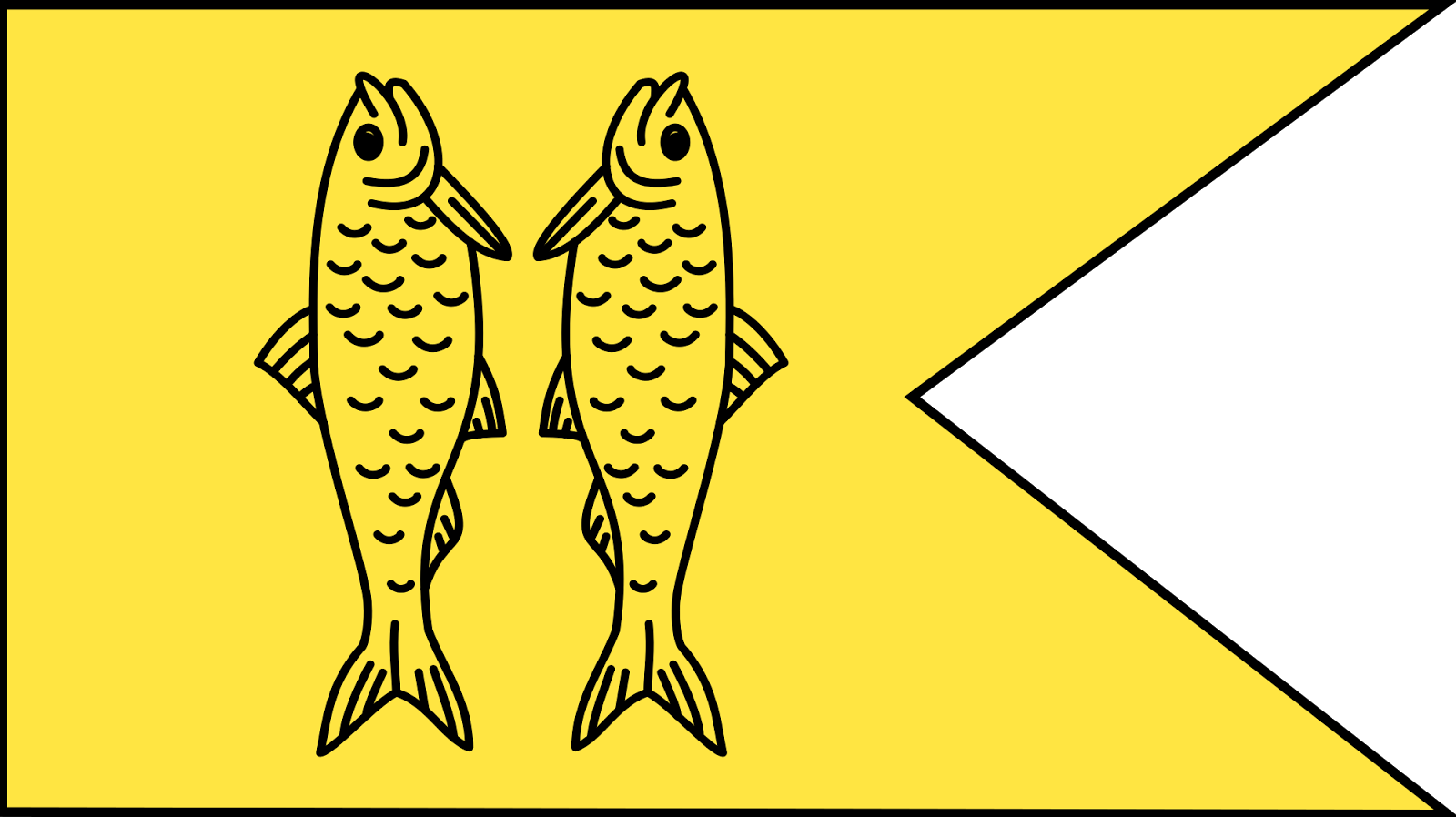by R Shanmugananthan, Sydney, September 2, 2022



Flags of Cheras Cholas and Pandyas
When I was reading about Arumuganavalar and C W Thomotharam Pillai, I found that they have done pioneering work in rediscovering Sangam Poetry even before U Ve Saminatha Iyer. Their work appears not to have been given credit. That led me write this overview. — by the author
Introduction
Sangam Literature is the earliest available Tamil literature. Earliest of these poems are more than two thousand years old. Most scholars suggest that the creation of these Sangam poems spanned from about 300 BCE to 300 CE . But the well known scholar of Tamil literature and history Kamal Zvelebil suggests that the most acceptable period for creation of Sangam poems is between 100 BCE to 250 CE.
Sangam means gathering or academy of noble poets. Legends say that there were three such academies and all were held in the Pandian kingdom. Earliest gathering was the first Sangam, then the second Sangam and the last academy was the third Sangam. Post Sangam period followed Sangam period. All the Sangam literature available to us now belong to the third Sangam period and Post Sangam period.
Preservation, Discovery and Printing
Sangam literature fell into oblivion during the second millennium CE. Fortunately, the poems and other works were preserved mostly in Saiva Aatheenams near Kumbakonam and Tamil scholarly families as palm leaf manuscripts. The palm leaves which decay in about fifty years must be replaced before they decay. It was done by writing them down on new palm leaves.
All that changed in the nineteenth century. In 1812 Thirukural was edited and printed from manuscripts by Francis Whyte Ellis. He was working as a Collector in the Madras Presidency when he published the Thirukural.
In 1851 Arumuganavalar edited and printed – from palm leaf manuscripts – the Sangam literature Thirumurugatrupadai. He published a commentary on Tholkapiyam in 1868
W. Thamotharampillai printed edited band published the following literatures which include Sangam literature.
- Viracoliyam in 1881
- Iraiyanar Ahapporul in 1883
- Tolkapiam – Porulatikaram in 1885
- Kalittohai – the first of the Eight Anthologies (Ettuttohai) in 1887
Together with U Ve Saminatha Iyer he printed and published with scholarly commentaries the following ancient Tamil works.
- Tholkappiyam Senavariyar urai (1868),
- Cilappatikaram (1889),
- Pattupattu (1889),
- Purananuru (1894),
- Tholkapiam (1895),
- Nachinarkiniyar urai (1895),
- Manimekalai (1898),
Tamil people must thank U Ve Saminatha Iyer for editing and publishing the rest of the classical Tamil literature we now have. He edited and published (from manuscripts) over 90 classical Tamil literary works starting with Ceevaka Cintamani in 1887 followed by Sangam literature Pattupattu. With Pillai he edited and published Pattupaattu in 1889. U Ve Sa dedicated his life for this work and collected over 3,000 manuscripts, and notes related to the classical Tamil literature. It should be emphasised that without his dedication we would not have recovered many of the classical Tamil literature available to us now.
Thiruvavaduthurai Aadheenam – The repository of ancient manuscripts
During his visit to the Thiruvavaduthurai Aadheenam (twenty kilometers northeast of Kumbhakonam,) in 1883, U Ve Sa requested the monastery head Subrahmanya Desikar for access to its large library of preserved manuscripts. Desikar granted him permission to study and publish any manuscripts he wanted. He discovered a major source of palm-leaf manuscripts of Sangam literature there. Together with other Tamil scholars he collected and catalogued these manuscripts. Many of them were edited and printed during the next few years.
Classification
Sangam writings are broadly divided into those on love (Akam), and those on heroism (Puram), including the praise of kings and their deeds. They are predominantly Akam themed. Most of the Sangam poems are free from literary conceits. They generally dealt with nonreligious subjects.
Sangam poems can also be subdivided into genres based on landscape and location. These are: Kurici – mountainous regions; Mullaitivu – pastoral forests; Marutam – riverine agricultural land; Neythal – coastal regions; and Palai – arid region.
The following is yet another classification by Tamil scholars; It is the division based on Iyal, Isai and Nadagam. Iyal, is the creation of poetry by poets (Pulavar), Isai is the music added to the poetry by musicians (Paanar), and Nadagam (Drama -play) was created for the poems by Koothar (actors)
Classification of Sangam poems have also been done based on kinds of love and war.
Some Sangam poetry are about the Gods. For example Thirumurugatrupadai and Paripaatal contains poems about Muruga, Vishnu, Siva and Durga. Post Sangam works generally deal with morals and ethics. They don’t generally fall into the above classification.
Compilation and Categorisation
Sangam literature was categorised and compiled during the 10th century CE. Available earliest Sangam poetry Tolkapiyam deals with Tamil grammar. It appears to have been revised periodically over the years. Rest of the Sangam poetry is generally divided into two groups; Eighteen Greater Texts, known as Patiṉeṇmēlkaṇakku (பதினெண்மேல்கணக்கு) created during third Sangam period and Eighteen Lesser Texts, known as Patiṉeṇkeelkanakku (பதினெண்கீழ்கணக்கு) which were created during post Sangam period.
Eighteen Greater Texts (Patiṉeṇmēlkaṇakku)
The Eighteen Greater Texts contain 2381 poems. Most poems in Eighteen Greater Texts are divided into two groups; Eight anthologies (Ettutohai) and Ten Idylls (Pattupaatu)
Ettutokai (Eight Anthologies ) comprises of the following:
- Naṟṟiṇai (a text on musicology),
- Kuṟuntokai (an anthology of 402 Tamil stanzas),
- Aiṅkuṟunūṟu (an anthology of love lyrics),
- Kalittokai (an anthology of 150 stanzas in kali metre describing the erotic emotions and five tracts of land),
- Akanānūṟu (an anthology of 400 love lyrics belonged to the 3rd or the 2nd century BC).
- Puṟanānūṟu (an anthology on the external world),
- Patiṟṟuppattu (an anthology of ten sections, each of them in praise of a Chera king),
- Paripāṭal (an anthology of 70 stanzas of songs).
Pattupāṭṭu (the Ten Idylls) comprises:
- Tirumurukāṟṟuppaṭai (a poem in honour of Murukan by Nakkirar),
- Porunarāṟṟuppaṭai (a guide poem for war-bards to Chola king Karikāla by Mudattama Kanniar),
- Ciṟupāṇāṟṟuppaṭai (an idyll by Nallur Nattattanar on the chief Nalliyakōtan of Oymānāṭu),
- Perumpāṇāṟṟupaṭai (a guide poem for bards with large lutes praising Toṇṭaimān Ilantiraiyan by Rudran Kannanar),
- Mullaippāṭṭu (anthology on the jasmine country and the theme of a woman by Nappūtanār)
- Maturaikkāñci (Mankuti Marutanar praises the valour of the Pandya king Netunceliyan)
- Neṭunalvāṭai (a blend of love & war poem about Pandian Kingby Nakeerar ),
- Kuṟiñcippāṭṭu (the song of the mountains: the tactful conversation of the confidant by Kapilar),
- Paṭṭinappālai (a poem on Chola king Karikāla by Rudran Kannanar),
- Malaipaṭukaṭām (a poem on the theme of a dancer also called Kuttarāṟṟuppaṭai by Peruṅkunṟūr Peruṅ kaucikanār).
Eighteen Lesser Texts (Patiṉeṇkeelkanakku)
The Eighteen Lesser Texts (Patiṉeṇkeelkanakku)contains the following works. (Eighteen Lesser Texts were created during post Sangam period (100 CE – 500 CE)). These works generally deal with morals and ethics.
- Naaladiyaar
- Naanmaniktikai
- Inna Naatpatu
- Iniyavai Naatpatu
- Kar Naatpatu
- Kalavali Naatpatu
- Aintinai Aimpatu
- Tinaimoli Aimpatu
- Aintinai Elupatu
- Tinaimoli Nootru Aimpatu
- Tirukural
- Tirikatukam
- Acaarakovai
- Palamoli Naanuru
- Cirupancamoolam
- Mutumolikaanci
- Elastic
- Kainnilai
Great Epics and Bakti literature
Five great epics: Silappathikaram, Manimekalai, Civaka Cintamani, Valayapathi and Kundalakeci and Devotional (Bakti) literatures Thevaram, Divya Prabantham and Thirumurai are not part of Sangam literature.
Discussion
Sangam works are two thousand years old. It is the historic evidence of literary developments of Tamil in parallel to Sanskrit. The surviving literature attests to a group of scholars belonging to an academy gathered in ancient Madurai who shaped the literary, academic, cultural and linguistic life of ancient Tamil Nadu.
The people and rulers of a geographic area roughly encompassing modern day Tamil Nadu and Kerala are covered in the Sangam literature. It mentions Cheras, Cholas and Pandyas as the main rulers. Cheras were in control of an area which covers large part of today’s Kerala State. Cholas controlled northwestern parts of Tamil Nadu and Pandyas controlled the Middle and Southern parts of Tamil Nadu. Maturaikkāñci and Neṭunalvāṭai praises the Pandyan king Netunceliyan. Paṭṭinappālai praises the Chola king Karikal Valavan. Patiṟṟuppattu has ten chapters each with ten poems and talks about ten Chera rulers. The first chapter and the last chapter are not available now. Glory of Senguttuvan’s father Neduncheralathan is covered in one of these chapters. Many other chieftains were praised for their bravery and kindness in the Sangam literature. These chieftains ruled under the suzerainty of Cheras, Cholas or Pandyas.
Sanskrit and North Indian religions had already made inroads into Sangam era regions. Sanskrit words had made inroads into Tamil language. Patiṟṟuppattu has the minimum infusion of Sanskrit with twelve words. Others have more. Some of the Sangam poets were Brahmins. Poems like Thirumurugattrupadai indicate that North Indian religious practices had made inroads into Tamil area.
There is evidence that Jainism and Buddhism were being patronised by all three kings. Given that the five epics were written by Buddhist and Jain authors during post Sangam period, it’s reasonable to assume that these religions may have made inroad into Tamil Nadu during Sangam era.
In general Sangam poetry was little affected by the external religious thoughts. Most people still prayed to local gods Seyon, Maayon, Kottravai, Venthan, and Varunan (Kadalon).
Most of the Sangam poetry was about love and heroism. That Tamils were able to produce beautiful literature shows that Tamil had already become a well developed language during Sangam era.
Sangam Tamil was able to be read by the current Tamil scholars indicating that literary Tamil had not changed much over the last two millennia.
Chera Nadu of Sangam literature roughly covers present day Kerala State where the people now read, write and speak Malayalam. Though Malayalam and Tamil are sister languages, the Malayalam language scholars generally don’t have the ability to read and understand the Sangam literature.
Sangam literature has described the valour of many Chera rulers including Nedum Cheralathan father of ‘Silapathikaram’ fame Senguttuvan and Ilango Adikal. He patronised Buddhism and Jainism. People of Kerala can be proud of the valour of their ancient kings. Ancestry of present day Malayalis is a complicated one because of the ethnic mingling that occurred in Kerala. Though ethnic mingling had occurred in all linguistic groups in South Asia, it probably happened on a larger scale in Kerala. Only the scholars in Kerala will be able to clarify this matter.
The earliest known reference to Onam is found in ‘Maturaikkañci’. It mentions that Onam festival was being celebrated in Madurai temples. It is now an important festival for the Malayalis.
Sangam literature offers a window into the ancient Tamil culture, people and their beliefs. These poems also allude to historical incidents, ancient Tamil kings, the effect of war on loved ones and households. It is generally nonreligious except for occasional mention of Gods.
From Wikipedia: “On their significance, Zvelebil quotes A K Ramanujan, “In their antiquity and in their contemporaneity, there is not much else in any Indian literature equal to these quiet and dramatic Tamil poems. In their values and stances, they represent a mature classical poetry: passion is balanced by courtesy, transparency by ironies and nuances of design, impersonality by vivid detail, austerity of line by richness of implication. These poems are not just the earliest evidence of the Tamil genius. The Tamils, in all their 2,000 years of literary effort, wrote nothing better.”
References:
- Downloadable classical Tamil literatures – TamProject Madurai – https://www.projectmadurai.org/pmworks.html
- Introducing Tamil Literature, Kamil Zvelebil. 1968
- Prehistory of Tamil literature,Kamil Zvelebil. 2010
- The Pandyan Kingdom, K N Neelakanda Sastri. 1929
- Studies in Cola History and Administration, K N Neelakanda Sastri.1932
- Ettu Thohai – The Eight Anthologies of Sangam literature – an introduction in Tamil by M Narayanan Velupillai – 2000
- Pattupaatu – The Ten Idylls of Sangam literature – an introduction in Tamil by M Narayanan Velupillai – 2000
- Pattinapaalai – poems and descriptions in Tamil by K A Gunasekaran – 2015
- History of Chera Kings in Tamil by Auvai Thuraisamipillai – 2020
- SANGAM LITERATURE- that Brings the Spotlight on the CHOLA KINGS, Dr Uday Dokras -2020
- Tha:Mo:Tharam, A collection of prefaces, C W Thamotherampillai 1971
- Wikipedia – Sangam Literature. [Accessed presumably August 2022 – ed]